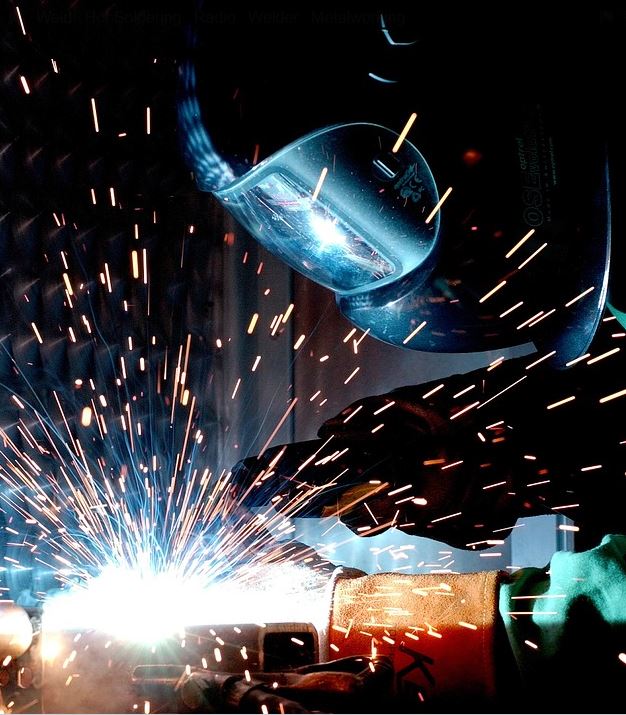5 Interesting Technologies In The Metalworking Industry

From the ancient humans that developed bronze objects to make their lives easier, to the complex machinery and processes that are used today, metalwork has always been evolving and improving. Computerization has revolutionized the industry, permitting faster, more precise operations and greater productivity for sheet metal companies. As new technologies are developed, they are quickly adopted into the metalworking field and revised to serve the industry’s ever-changing needs. Here are five interesting technologies that are altering the face of metalworking.

Today, the use of sensor technology is allowing machine tools to work faster and smarter. These technologies have the ability to optimize machine operation in real time, adjusting to changes in materials and conditions on a continuous basis. The sensors help to reduce material handling and machine tooling costs. As time has gone by, sensors have been developed to be smaller and easier to install in a larger variety of devices, and their smart technology has allowed them to provide real-time feedback and send alerts for maintenance.
Laser technologies has created the ability to cut metals with greater precision and less material damage than previous methods, and this has allowed greater precision in the manufacture of parts and products for the public. Computer controls allow operators to quickly reset laser cutting equipment, increasing productivity and accuracy. Whereas mechanical cutting runs the risk of contaminating blades, wasting metal, and giving room for operator error, laser cutting makes more precise and consistent productions possible.
New types of blade are constantly being developed in the machine shearing industry to increase accuracy, conserve materials and reduce waste. The new blades allow a tearing motion in Samin sheet metal, rather than the standard punching motion, that provides a smoother edge and less material damage during processing. The main thing that has become more innovative in recent years is the level of control involved, allowing shearing to be facilitated with control over gap, rake angle, and back-gauge positioning.
Grinding is often an integral part in metalworking, and today’s technology is allowing the development of improved grinding wheels that use high-tech materials. Instead of the traditional grinding wheels containing aluminum oxide or silicon oxide, the new wheels utilize cubic boron nitride or diamond, used with semi-synthetic concentrate fluids. The grinding wheels provide improved results, while reducing machine wear.
The Internet of Things extends to complex, specialized industries like metalworking. As in all areas of our society, data analytics can be used to detect constantly changing conditions and alter the manufacturing environment according, largely independent of human involvement. The technology will initiate machine learning, cognitive insights from big data that is collected, increased productivity and faster, safer operations. It is expected the automobile manufacturing industry will lead the way in this important technological development.
Although the concepts of metalworking derive from humankind’s history, technological changes are causing rapid development in new material and methods. What once a field that primarily involved physical labor is quickly becoming an area of advanced computerization in operations. These 5 technologies are helping to improve metalworking to allow great productivity and better products.
